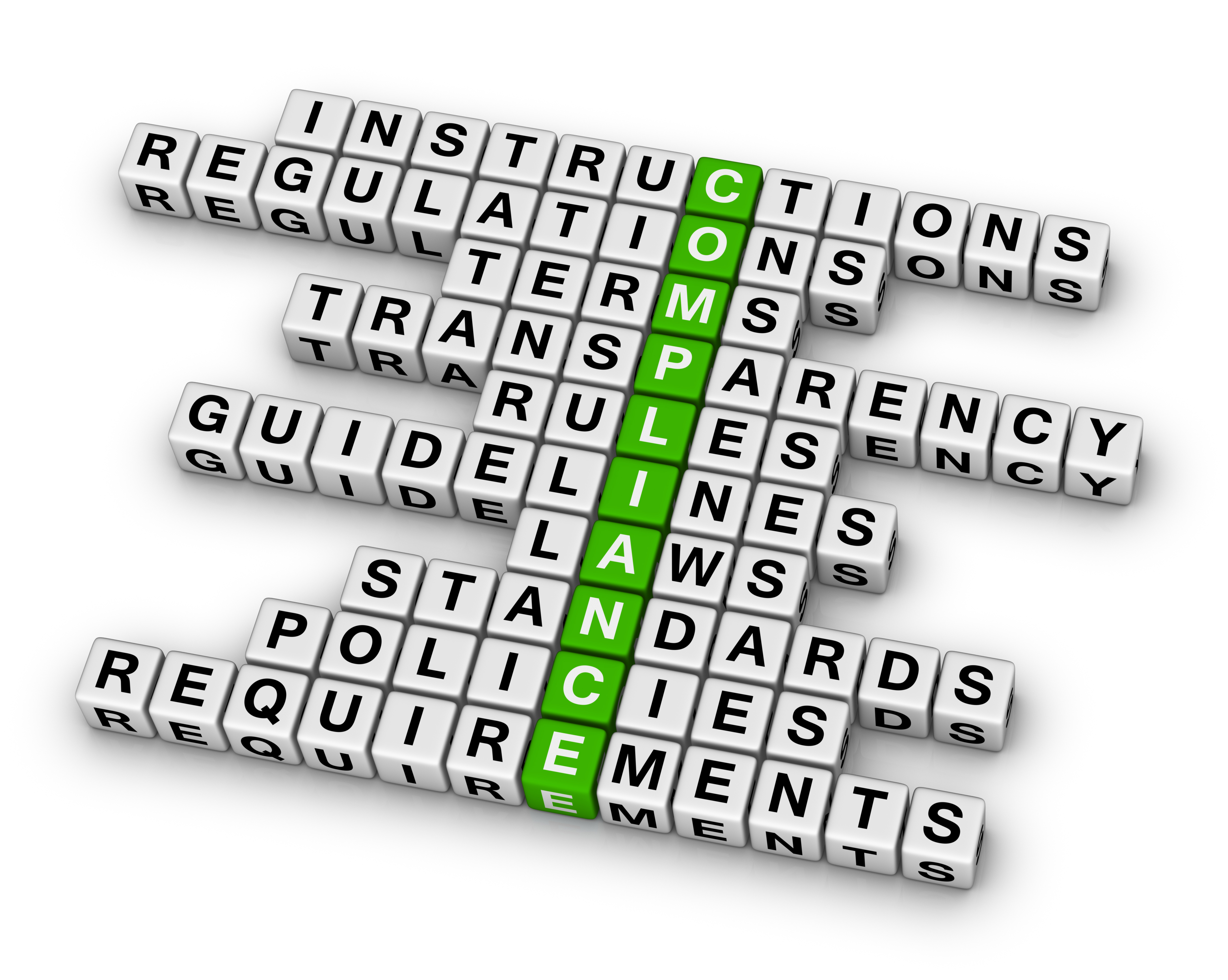Developing a compliance risk assessment template is an integral step in ensuring your financial institution complies with all applicable regulations. This template helps identify potential risks associated with your products and services while also highlighting gaps and opportunities for improvement. Follow this step-by-step guide to develop a compliance risk assessment template.
Step 1: Set Objectives Establish the objectives of the risk assessment template to summarize your organization’s risk profile, identify gaps and opportunities for improvement, and define parameters for the assessment process.
Step 2: Identify risks Identify potential risks associated with your products and services by considering legal and regulatory issues related to offering them, as well as internal policies and procedures that could impact compliance.
Step 3: Assess Risk Assess each risk based on the likelihood of occurrence and potential impact on your organization. Prioritize risks that require more attention in your compliance plan.
Step 4: Develop Compliance Plan Develop a compliance plan that addresses identified risks effectively. Train staff on applicable regulations, implement internal policies and procedures, and establish processes for monitoring and reporting violations.
Step 5: Monitor Compliance Monitor compliance with established policies and procedures regularly by reviewing reports of violations or other compliance issues, conducting periodic audits, and taking corrective action when necessary.
The complex world of bank compliance presents a daunting task for financial institutions. As regulations continuously evolve and risk management becomes increasingly crucial, establishing a solid compliance risk assessment framework is essential.
Implementing a carefully crafted bank compliance risk assessment template streamlines this process and ensures that all potential risks are identified, assessed, and mitigated effectively. This guide offers a step-by-step approach to implementing a bank compliance risk assessment template, emphasizing best practices and key considerations.
Following these steps simplifies your institution’s compliance efforts, reduces potential risks, and helps maintain a strong regulatory standing.
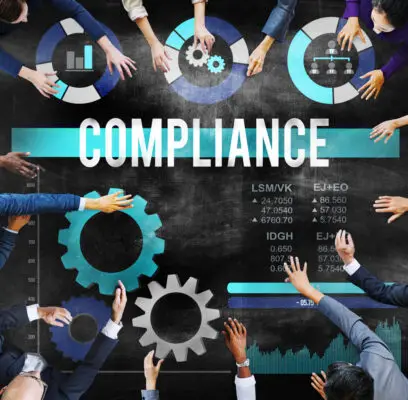
Simplifying the Bank Compliance Risk Assessment Process
Understanding the Importance of Compliance Risk Assessments
Compliance risk assessments serve a crucial role in the financial industry, ensuring that banks and other financial institutions adhere to regulatory requirements, maintain operational efficiency, and safeguard their reputation.
These assessments assist institutions in identifying and addressing potential risks leading to non-compliance, financial loss, or reputational damage. They also provide a basis for developing and implementing effective risk management strategies.
A well-executed compliance risk assessment enhances an organization’s ability to anticipate and adapt to the dynamic regulatory landscape. With new regulations emerging or existing ones changing, a proactive approach to compliance risk management allows institutions to stay ahead of the curve and avoid costly penalties, fines, or legal actions.
Additionally, a robust compliance risk assessment process helps maintain customer trust and confidence, contributing to the overall success and growth of an institution.
Key Components of a Bank Compliance Risk Assessment Template
A comprehensive bank compliance risk assessment template should include several critical components that cover various aspects of an institution’s operations. These components form the foundation for a systematic and consistent approach to compliance risk management:
Risk identification:
The first step in the compliance risk assessment process involves identifying potential risks associated with regulatory requirements. This includes risks related to financial reporting, anti-money laundering, data privacy, and consumer protection, among others. A comprehensive template provides a clear structure for listing and describing these risks.
Risk assessment:
After identifying risks, the template should facilitate evaluating their likelihood and potential impact. This involves assessing the probability of a risk event occurring and the potential consequences if it does. The risk assessment process should consider factors such as the complexity of regulations, the institution’s history of compliance, and the effectiveness of existing controls.
Risk ranking and prioritization:
The following component of a bank compliance risk assessment template is the ranking and prioritization of risks. Assigning a score to each identified risk based on its likelihood and potential impact allows institutions to determine which risks require immediate attention and allocate resources accordingly.
Risk mitigation and control:
With risks prioritized, the template should offer guidance on developing and implementing appropriate risk mitigation strategies and controls. This may involve enhancing existing controls, introducing new ones, or improving the overall risk management framework. The chosen strategies and controls should be proportionate to the level of risk and the institution’s risk appetite.
Monitoring and reporting:
Regular monitoring and reporting are essential to ensure the ongoing effectiveness of risk management efforts. The template should include provisions for tracking the progress of risk mitigation activities and reporting on the overall compliance risk profile. This information is vital for maintaining transparency and accountability, both internally and externally.
Review and continuous improvement:
Lastly, a bank compliance risk assessment template should incorporate a process for periodic review and continuous improvement. As the regulatory environment and an institution’s operations evolve, so too should its risk management efforts. A continuous improvement approach enables institutions to refine their risk assessment processes, adapt to changing conditions, and maintain a strong compliance posture.
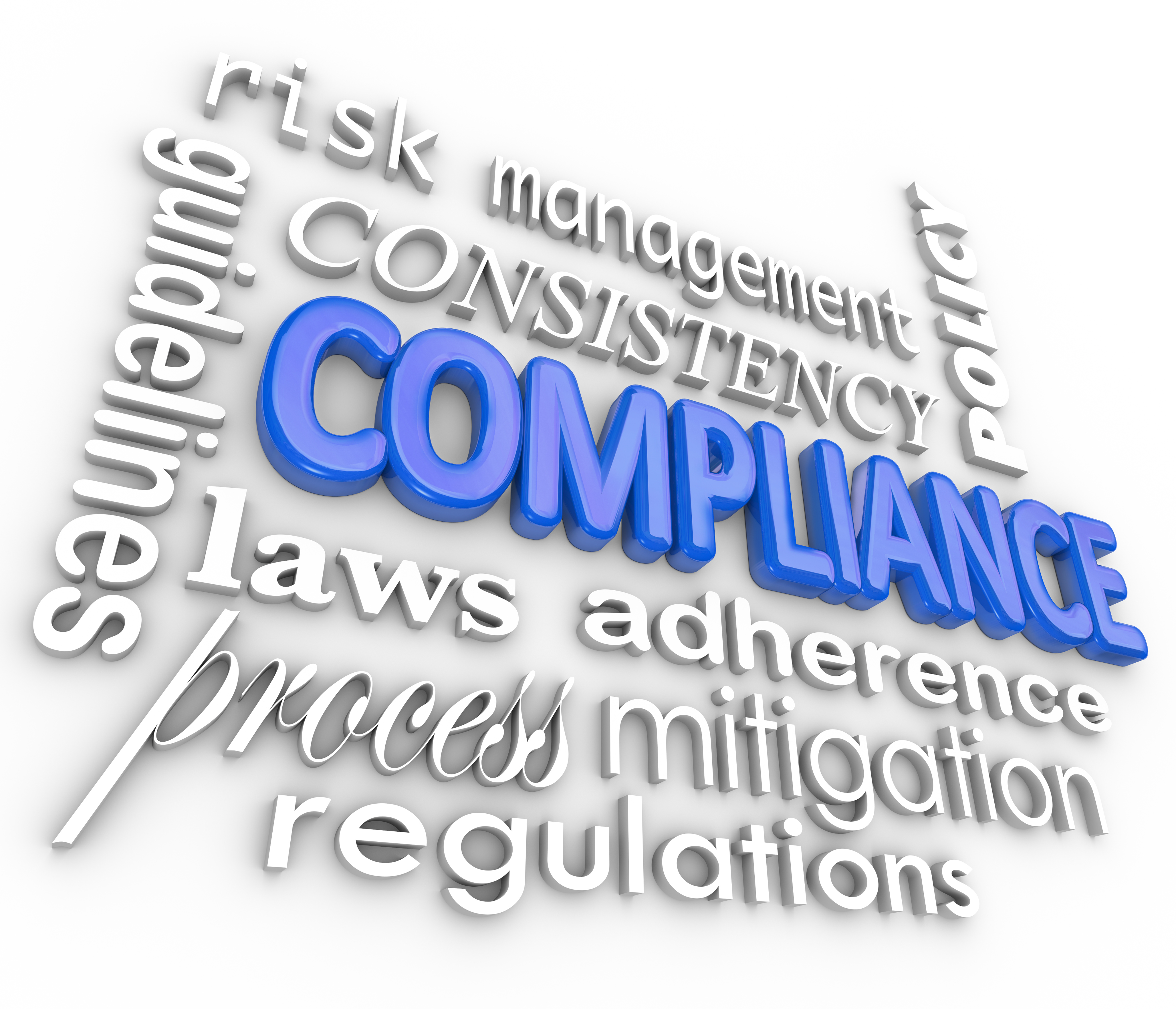
Step-by-Step Implementation of a Bank Compliance Risk Assessment Template
Step 1: Identifying Your Institution’s Compliance Risks
The first step in implementing a bank compliance risk assessment template is to identify and understand the specific compliance risks your institution faces. Start by reviewing all relevant regulations, guidelines, and industry standards applicable to your institution’s operations.
This may include, but is not limited to, regulations related to financial reporting, anti-money laundering, data privacy, and consumer protection.
Collaborate with teams across various departments, including legal, operations, finance, and information technology, to gain a comprehensive understanding of potential compliance risks.
Assess the institution’s past compliance issues, if any, and consider any recent regulatory changes that could impact your operations. Create an inventory of these risks, documenting each risk’s nature, potential impact, and the regulatory requirement associated with it.
Step 2: Establishing a Risk Appetite and Tolerance
Before selecting a compliance risk assessment template, it is essential to define your institution’s risk appetite and tolerance. Risk appetite refers to the level of risk your organization is willing to accept to achieve its strategic objectives, while risk tolerance represents the amount of risk your organization can withstand without jeopardizing its financial stability or reputation.
Engage with key stakeholders, including senior management and board members, to establish a clear risk appetite and tolerance for your institution. This process should involve discussions around the institution’s strategic goals, the potential consequences of non-compliance, and the resources available for risk mitigation.
Document the agreed-upon risk appetite and tolerance levels, as they will guide your risk assessment process and inform the prioritization of risks and allocation of resources.
Step 3: Selecting the Right Bank Compliance Risk Assessment Template
After a clear understanding of your institution’s compliance risks and risk appetite, you can now select a suitable bank compliance risk assessment template. Choose a template that aligns with your institution’s size, complexity, and regulatory requirements.
The template should be comprehensive, covering all the key components of compliance risk management, including risk identification, assessment, ranking, mitigation, monitoring, and review.
Evaluate different templates available in the market, considering factors such as ease of use, adaptability, and integration with existing systems. You may also consult with industry peers or seek expert advice to identify a template that has been tried and tested in similar institutions.
Step 4: Customizing the Template to Fit Your Institution’s Needs
Once you have selected a bank compliance risk assessment template, customize it to meet your institution’s specific needs and requirements.
This may involve adjusting the risk categories, adding or removing risk factors, and modifying the risk ranking and scoring criteria to reflect your institution’s risk appetite and tolerance.
Ensure that the template accommodates your institution’s unique operational and regulatory landscape, incorporating relevant industry-specific risks and requirements.
Engage with teams across departments to ensure that the customized template reflects their insights and addresses all potential compliance risks.
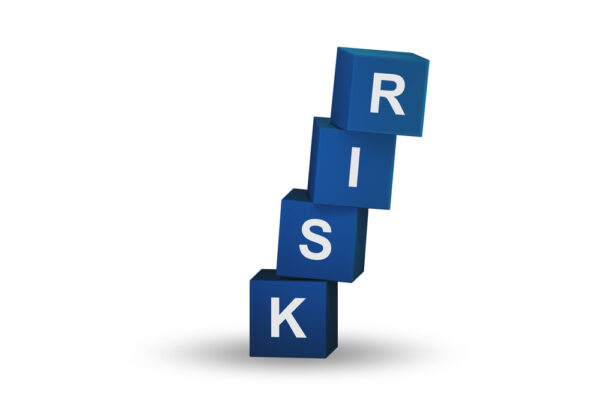
Step 5: Implementing and Communicating the Risk Assessment Process
With a customized bank compliance risk assessment template in place, it is now time to implement the risk assessment process across your institution.Train the relevant staff on the use of the template, the risk assessment process, and their roles and responsibilities in managing compliance risks.
Establish clear lines of communication and reporting structures, ensuring that information related to compliance risks flows seamlessly between different departments and levels of management.
Encourage a culture of compliance by emphasizing the importance of risk management and fostering open discussions around compliance challenges and potential improvements.
Monitor the implementation of the risk assessment process, making adjustments and refinements as needed. Regularly review and update the template to ensure it remains relevant and effective in the face of evolving regulations and operational changes.
Monitoring and Updating Your Bank Compliance Risk Assessment
Regularly Reviewing and Updating Your Risk Assessment Template
Continuous improvement is vital to maintaining a strong compliance posture. It is crucial to regularly review and update your bank compliance risk assessment template to ensure its effectiveness and relevance.
Conduct periodic reviews of the template to identify any gaps, inconsistencies, or areas for improvement. This may include updating risk factors, refining the risk assessment criteria, or enhancing the risk mitigation strategies.
Involve key stakeholders from different departments in the review process to ensure that the template remains comprehensive and captures the insights of those responsible for managing compliance risks.
Make adjustments to the template based on feedback received, regulatory changes, or shifts in your institution’s operations. Establishing a schedule for these reviews helps maintain a proactive approach to compliance risk management.
Adapting to Changing Regulations and Industry Standards
The regulatory landscape in the financial industry is constantly evolving, with new regulations and industry standards emerging regularly. To maintain compliance, it is essential to stay informed about these changes and adapt your bank compliance risk assessment template accordingly.
Monitor regulatory developments by subscribing to relevant newsletters, participating in industry forums, and engaging with regulatory authorities. Collaborate with your institution’s legal, compliance, and risk management teams to assess the potential impact of new regulations or changes to existing ones.
Update your risk assessment template to reflect new or modified regulatory requirements, ensuring that your institution remains compliant and manages emerging risks effectively. Additionally, adjust your risk mitigation strategies, policies, and procedures to align with new regulations and industry best practices.
Leveraging Technology for Continuous Compliance Monitoring
Technology plays a crucial role in modern compliance risk management. Leveraging technology for continuous compliance monitoring not only enhances the efficiency of the risk assessment process but also helps identify and address potential risks more effectively.
Consider implementing compliance management software, data analytics tools, or artificial intelligence (AI) solutions to automate and streamline various aspects of your bank compliance risk assessment process. These technologies can assist in data collection, risk identification, risk assessment, and monitoring, enabling your institution to stay ahead of potential compliance risks.
Integrate these technologies with your risk assessment template and existing systems to create a seamless risk management ecosystem. Regularly evaluate the effectiveness of the technology solutions in place, making adjustments as needed to ensure optimal performance and alignment with your institution’s compliance risk management objectives.
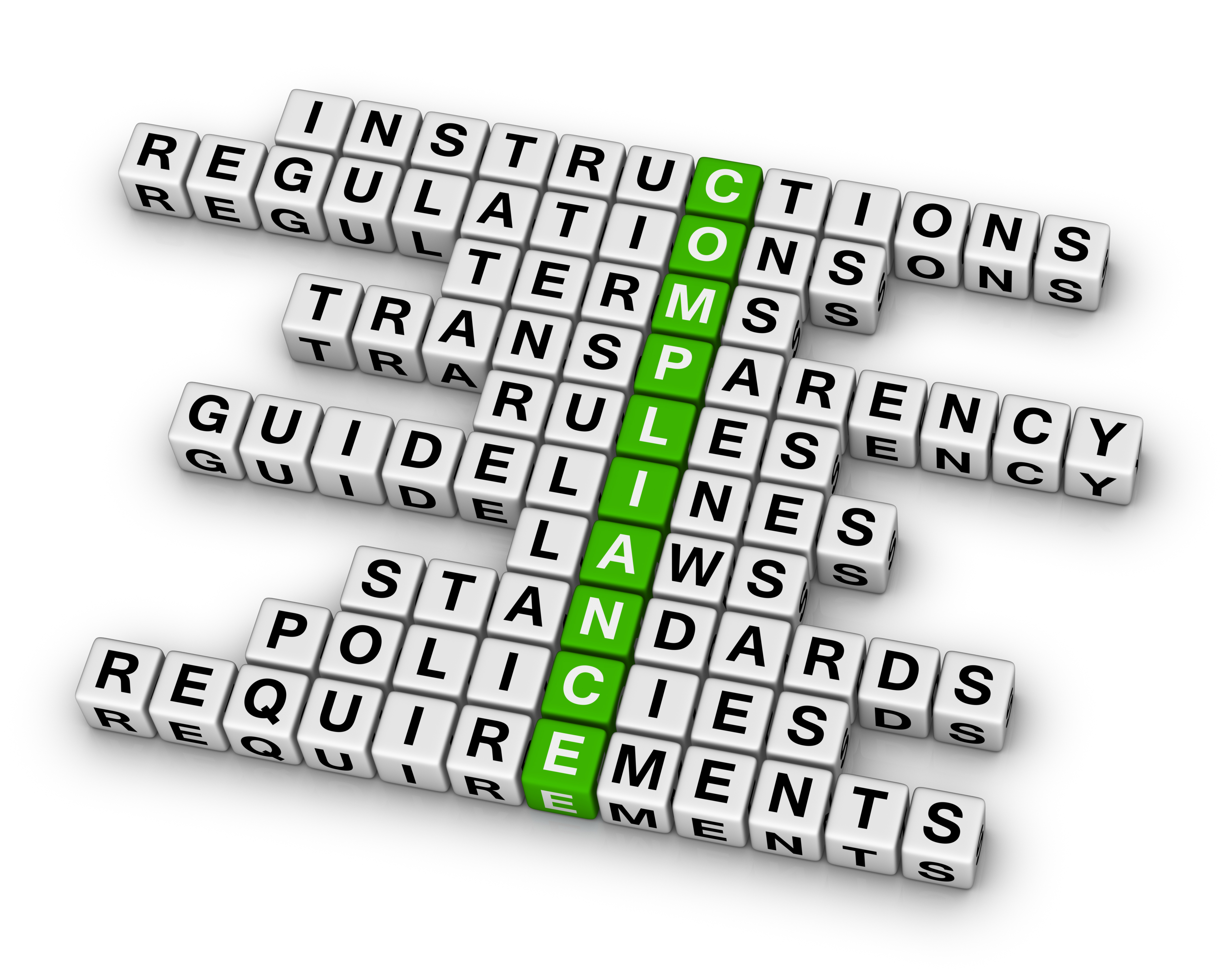
Measuring the Effectiveness of Your Bank Compliance Risk Assessment
Establishing Key Performance Indicators (KPIs) for Compliance
To measure the effectiveness of your bank compliance risk assessment, it is essential to establish relevant Key Performance Indicators (KPIs). KPIs serve as quantifiable metrics that enable you to track and evaluate the success of your compliance risk management efforts.
Begin by identifying the primary objectives of your compliance risk assessment process, such as reducing regulatory violations, improving risk mitigation strategies, or enhancing reporting accuracy.
Next, develop KPIs that align with these objectives and provide measurable insights into the performance of your risk management efforts. Examples of compliance KPIs include the number of identified risks, the percentage of risks mitigated, and the average time taken to resolve compliance issues.
Monitor these KPIs regularly and compare them against established benchmarks or industry standards to evaluate your institution’s compliance performance. Use the insights gained from this analysis to identify areas for improvement and inform your risk management strategies.
Conducting Periodic Compliance Audits and Reviews
Periodic compliance audits and reviews are crucial to assess the effectiveness of your bank compliance risk assessment and ensure ongoing adherence to regulatory requirements.
These audits involve a systematic examination of your institution’s policies, procedures, controls, and records to evaluate compliance with applicable regulations and identify any gaps or weaknesses in your risk management efforts.
Develop a schedule for conducting compliance audits and reviews, considering factors such as the complexity of your institution’s operations, regulatory requirements, and the availability of resources. Engage internal or external auditors with relevant expertise to perform these audits and provide objective assessments of your compliance risk management efforts.
Analyze the findings of the audits and reviews to identify areas for improvement, and implement corrective actions as needed. This may involve updating your risk assessment template, refining your risk mitigation strategies, or enhancing your institution’s compliance policies and procedures.
Ensuring Stakeholder Buy-In and Continuous Improvement
The success of your bank compliance risk assessment largely depends on the support and commitment of your institution’s stakeholders, including senior management, employees, and board members. Ensuring stakeholder buy-in is vital to fostering a culture of compliance and driving continuous improvement in your risk management efforts.
Communicate the importance of compliance risk management to all stakeholders and highlight the potential consequences of non-compliance, such as regulatory penalties, financial loss, or reputational damage. Provide regular updates on the progress of your risk management efforts, using KPIs and audit findings to demonstrate the effectiveness of your bank compliance risk assessment.
Encourage stakeholder feedback and collaboration, creating channels for open dialogue and continuous improvement. Use the insights gained from stakeholder engagement to refine your risk management strategies and adapt your risk assessment process to changing needs and expectations.
Conclusion
Optimizing your bank’s compliance risk assessment process is crucial for ensuring adherence to regulatory requirements, minimizing potential penalties, and maintaining a strong reputation. Understanding the importance of compliance risk assessments and identifying key components of an effective template enable financial institutions to implement and monitor their risk assessment strategy effectively.
A step-by-step implementation guide allows institutions to identify and prioritize compliance risks, establish risk appetite and tolerance levels, and select the most suitable template for their unique needs. Customizing the template to fit your institution’s specific requirements and communicating the risk assessment process to all relevant stakeholders are essential steps in successful implementation.
To maintain an up-to-date and effective bank compliance risk assessment, regular review and updates to the template are necessary. Adapting to changing regulations and industry standards is essential to ensure ongoing compliance, while leveraging technology can streamline continuous monitoring efforts.
Measuring the effectiveness of your bank’s compliance risk assessment is crucial for continuous improvement. Establishing key performance indicators (KPIs) for compliance, conducting periodic audits and reviews, and ensuring stakeholder buy-in all contribute to the ongoing success of your institution’s compliance risk management strategy.
Implementing an optimized bank compliance risk assessment template not only simplifies the process but also helps institutions stay ahead of regulatory changes, reduces potential risks, and maintains a solid foundation for future growth. Following a step-by-step guide, monitoring progress, and measuring effectiveness enable financial institutions to confidently navigate the complex world of regulatory compliance and build a strong, resilient organization.

Chris Ekai is a Risk Management expert with over 10 years of experience in the field. He has a Master’s(MSc) degree in Risk Management from University of Portsmouth and is a CPA and Finance professional. He currently works as a Content Manager at Risk Publishing, writing about Enterprise Risk Management, Business Continuity Management and Project Management.

